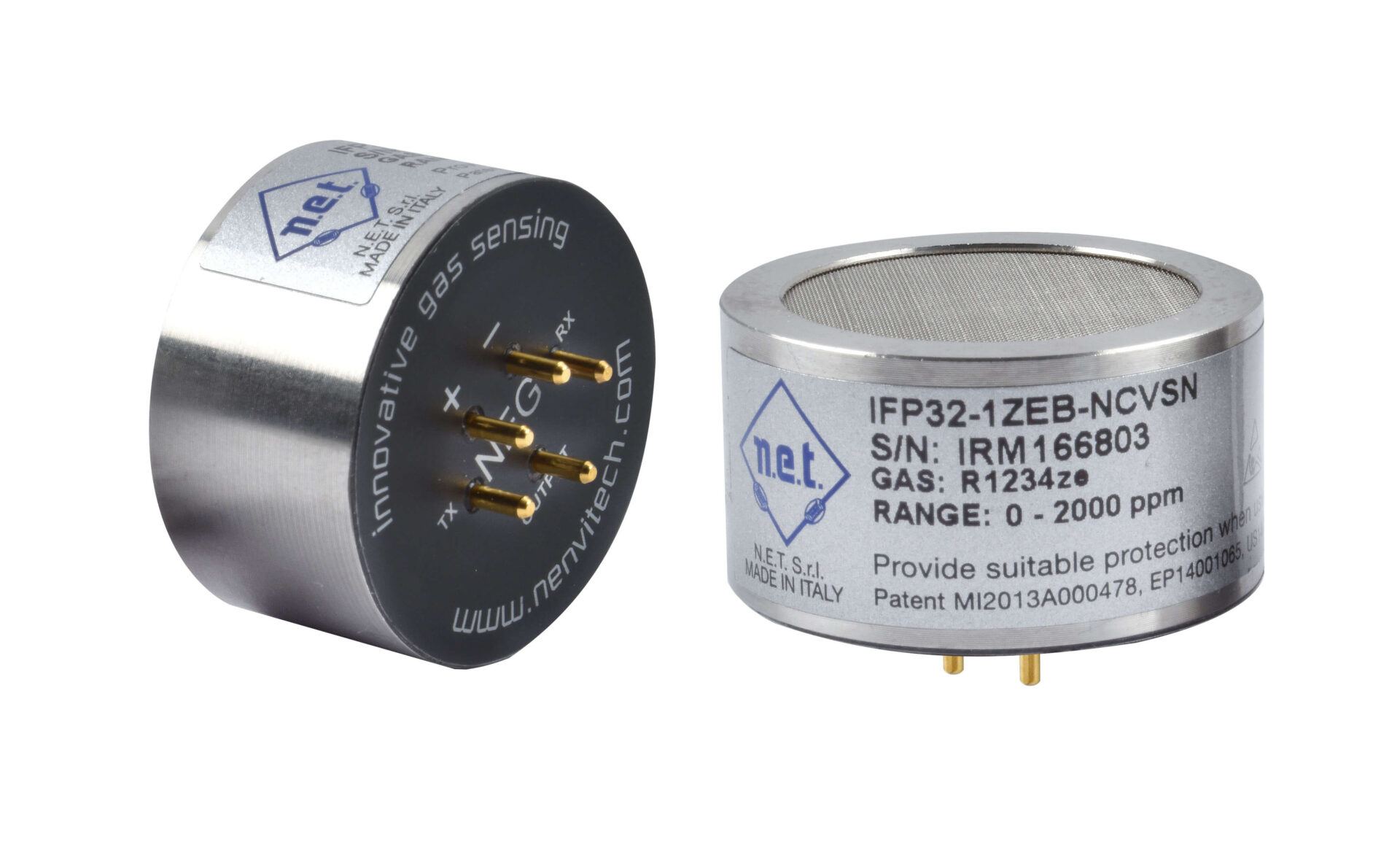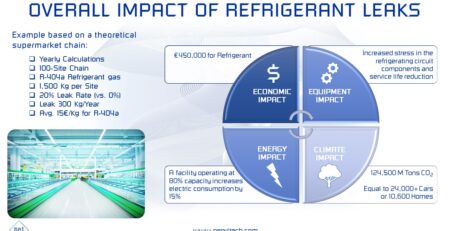NET NDIR SENSOR WARM-UP TIME: FULL OPERATION vs. FULL SPECIFICATIONS
NET NDIR SENSORS WARMUP TIME: FULL OPERATION vs. FULL SPECIFICATIONS
The Data Sheet and User Manual for all our NIDR sensors states that warm-up time is 60 seconds for full operation at 25 °C and at least 30 min for full specifications. We are often asked what is the difference between these two conditions.
At power-up the sensor performs initial “bootstrap” routines and self-checks (the warm-up phase) lasting about 60 seconds. During this minute, the sensor does not provide a valid reading. After the warm-up procedures end, the sensor is active and provides a reading and we say that has reached full operation.
However, for an NDIR sensor to work at full specifications in terms of accuracy, this has to reach a stable internal temperature. In fact, due to self-heating by the infrared source and electronics, all our NDIR sensors generate enough power to steadily work at about 10-15°C above the ambient temperature, depending on the actual conditions. This is a big advantage in high humidity environments, as the sensor always operates above the dew point. Due to this effect, the optical parts remain free of condensation which may otherwise affect a correct functioning.
After power-up, the self-heating process starts and it may take up to a half an hour before a stable temperature is reached. As the internal temperature is still changing, the measurement accuracy may not be within full specifications (although it may still be accurate enough for your measurement requirements). The closer we get to the final temperature, the closer we are to full specifications.
If you are using the digital communication from the sensor, you are able to read the internal temperature and evaluate if the temperature equilibrium has been reached and so the full specifications state.










